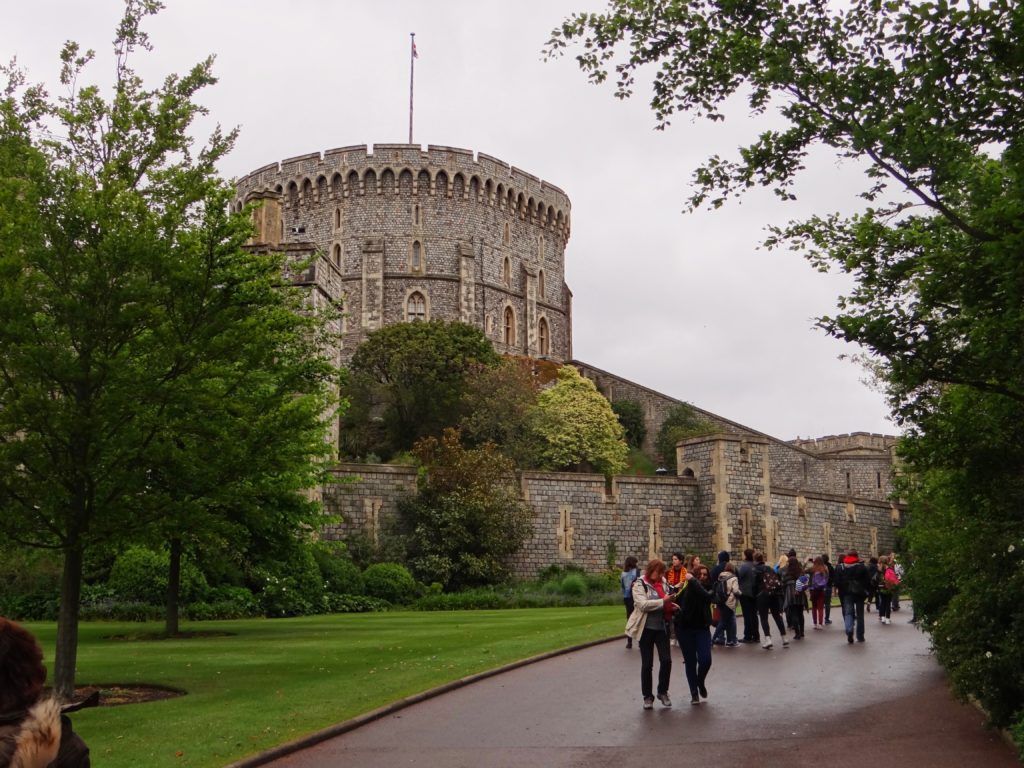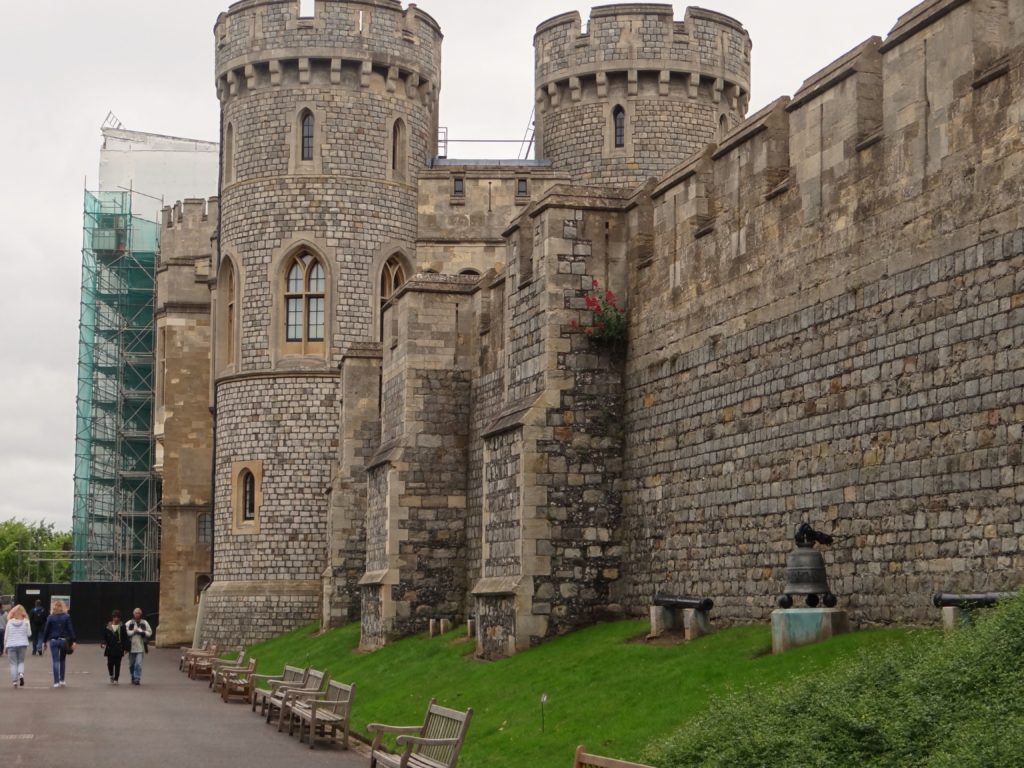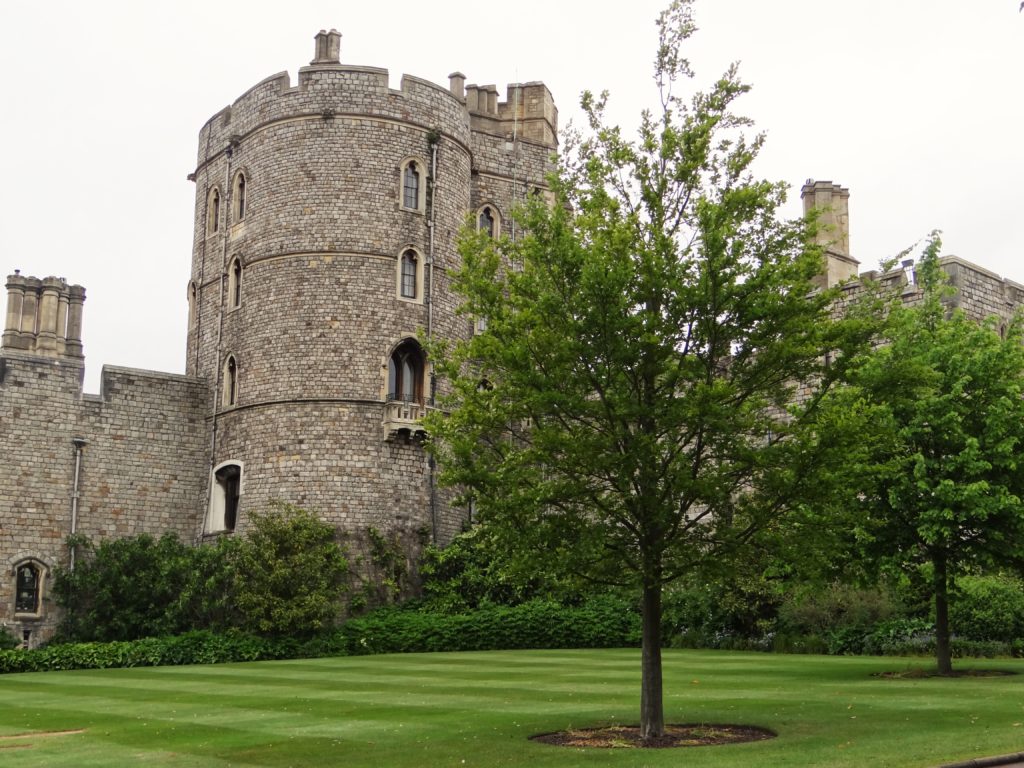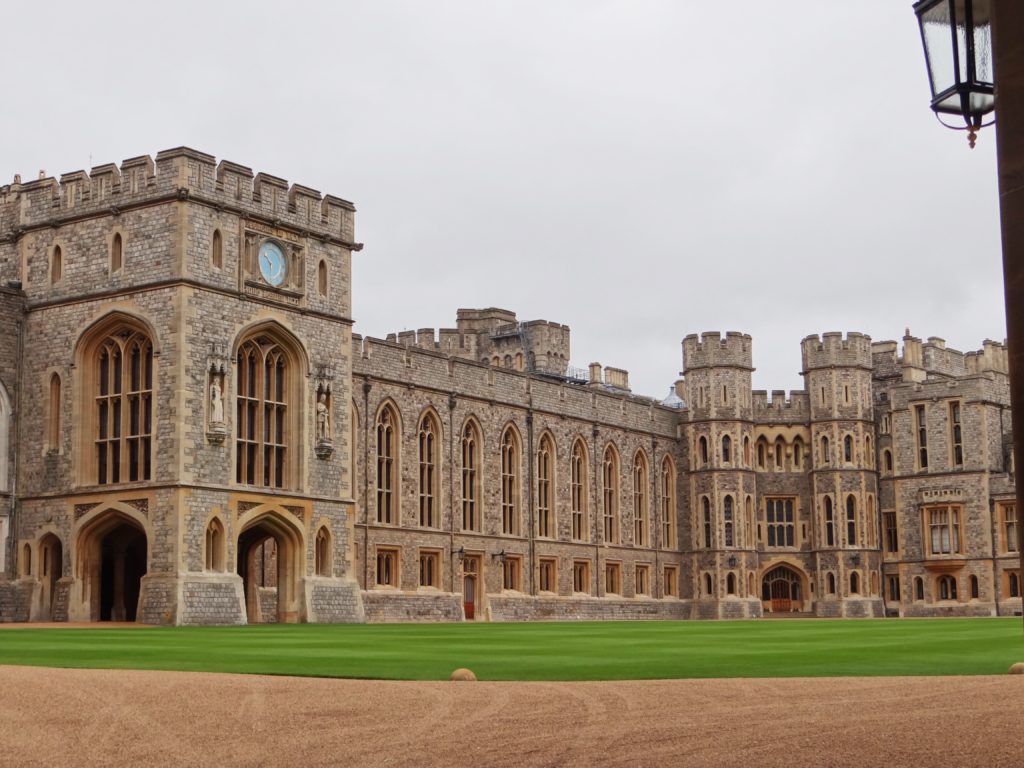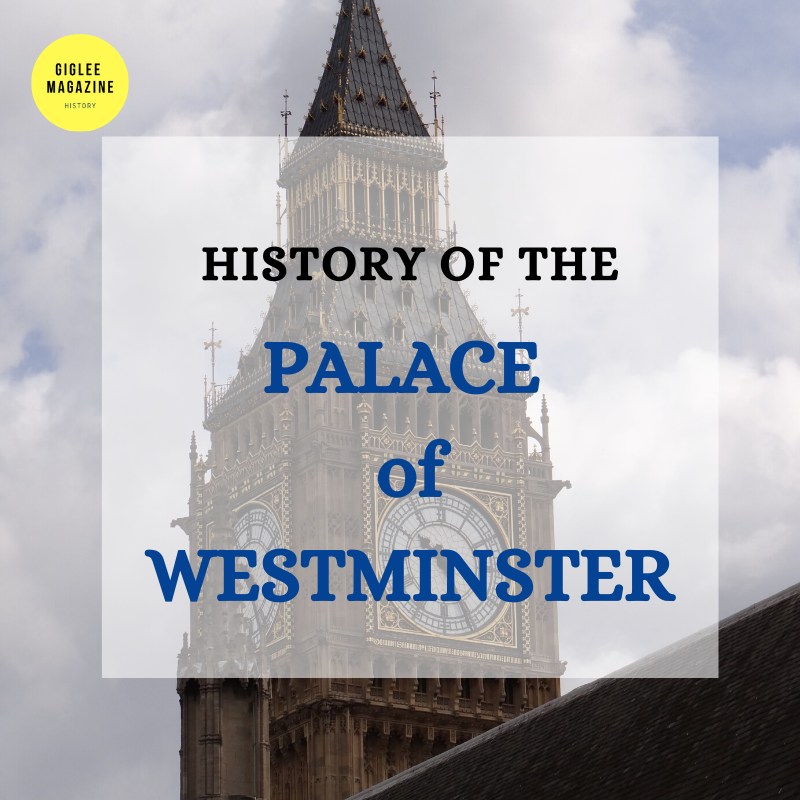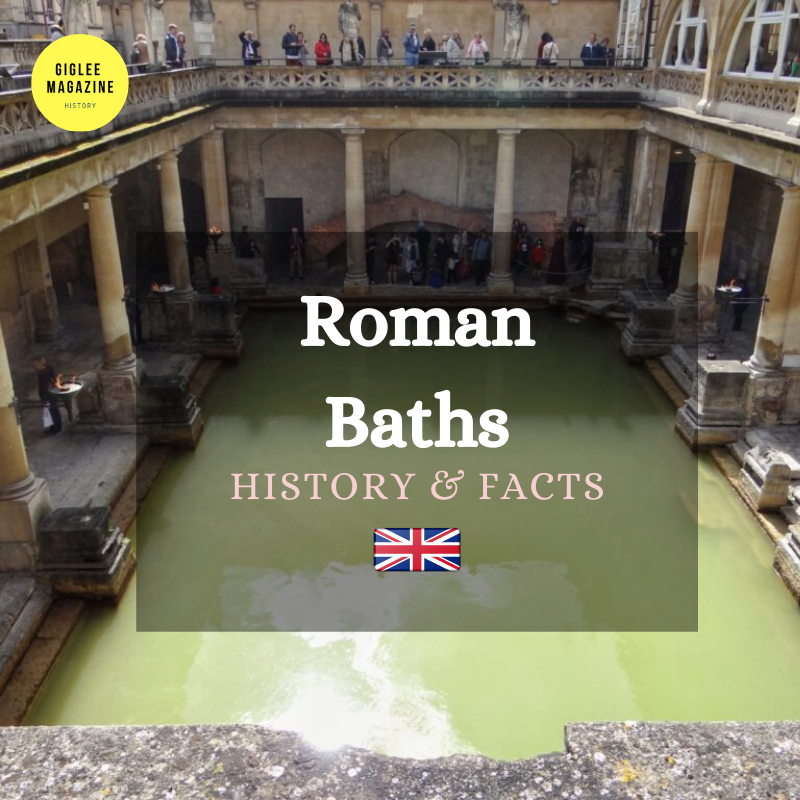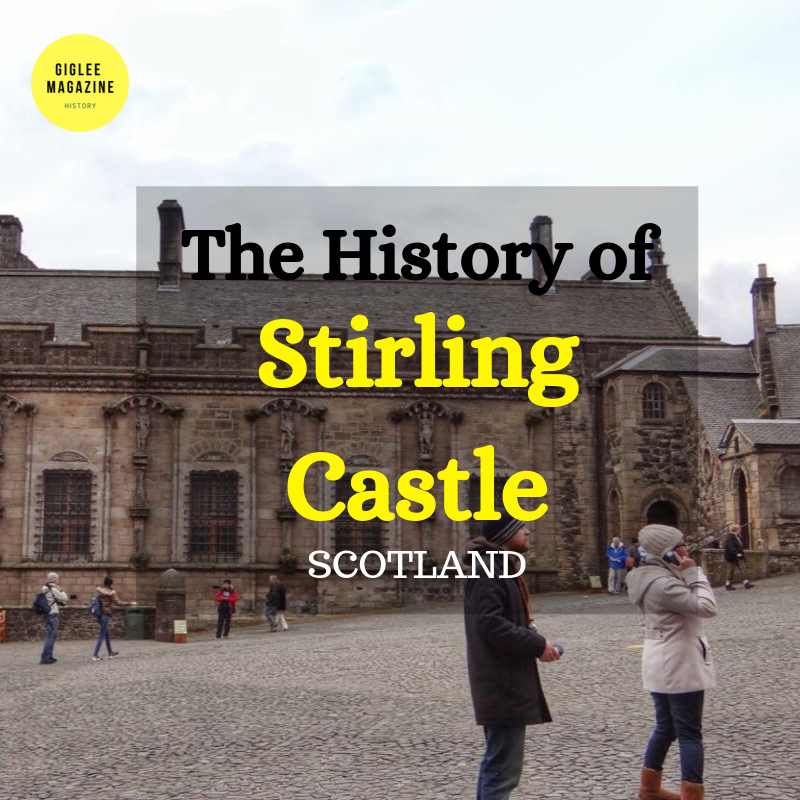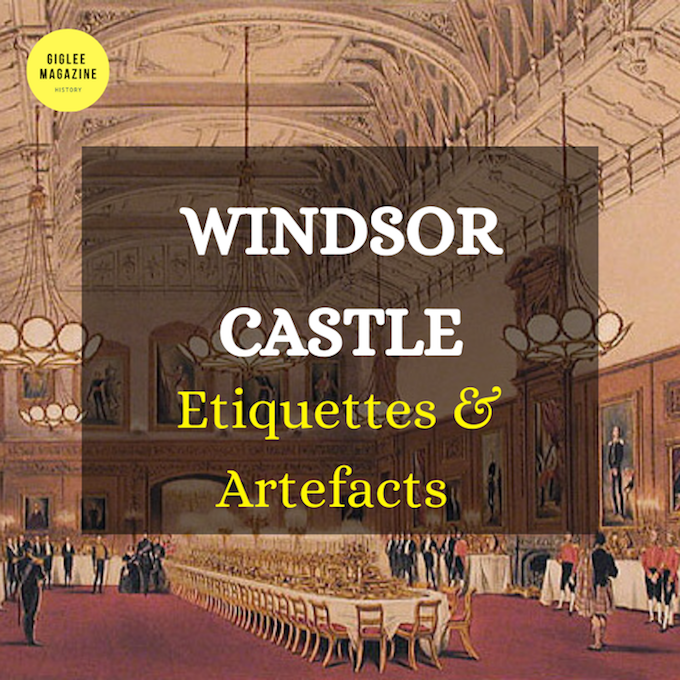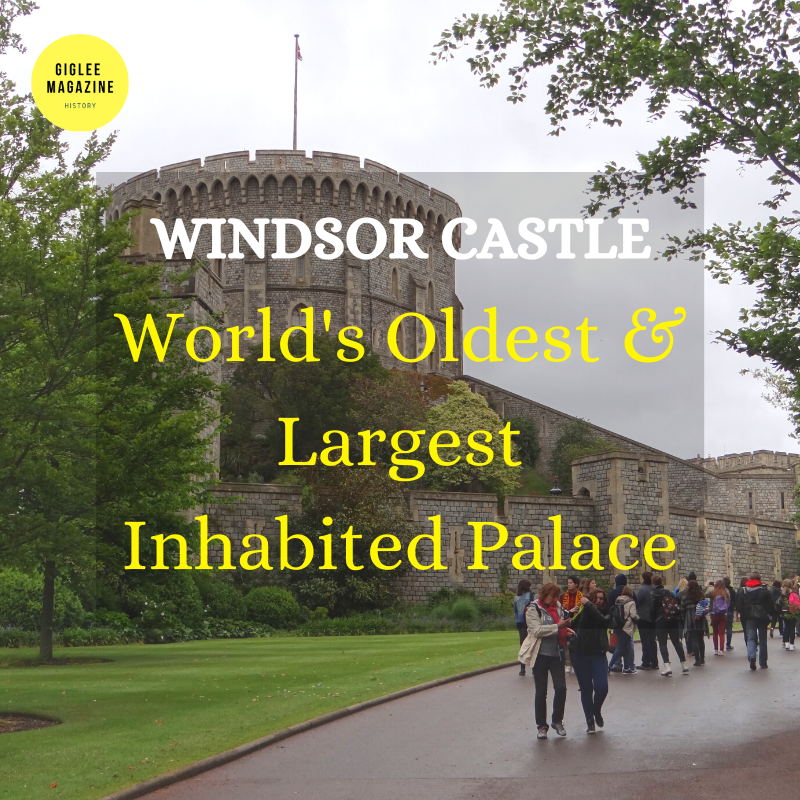
History of Windsor Castle England
Windsor Castle: A Romance of 1000 years
The Fragrance of the History of Windsor Castle, England has raptured us for centuries
Watch the Podcast
Listen to the Podcast
There are a couple of Palaces that English kings and queens have called their own. They have reigned upon their subjects living on the island and abroad, from them.
These palaces have seen countless tales of scandal and intrigue unfold within their walls. Each of them still carry that indelible mark that Royal Palaces tend to bear. These marks can be seen at the Palace of Westminster, Hampton Court Palace, Kensington Palace and even at the current Monarch’s ‘newer’ royal residence, Buckingham Palace. None of these Palaces though, seem to contest the history of the world’s oldest and largest inhabited Palace, Windsor Castle.
Windsor Castle has been standing, in differing styles and shapes, for nearly 1000 years. And within these 1000 years, it has welcomed a Monarch for 900. I don’t have to tell you to imagine the long history here. The younger Buckingham Palace is nothing compared to Windsor. The Queen’s official London residence, if you haven’t read a previous article on Buckingham Palace, is only about 400 years old. Queen Victoria was the first monarch to officially call this Palace home in the 19 century.
Windsor Castle on the other hand may be the Queen’s weekend retreat but it has been in her DNA from before her family took over the throne. Windsor Castle is as old as the English monarchy itself. This Royal institution has ruled over England for centuries right from the official first King of England, William the Conqueror in the 11th century. Since then, they have relied upon Windsor for many things, amongst those, as a source for their surname.
The Early Kings
The tale of Windsor begins with the Conqueror himself. William built a military fort in 1066, a time when he became King and built several of his patent moat and bailey castles in England. This fort served the purpose of protecting London’s western frontier.
He never considered Windsor to become a Royal Palace. In fact Kings hardly lived in one Palace long enough. If you’ve read my article about the Palace of Westminster, you’d have guessed William the Conqueror primarily lived at Westminster whenever he came to London.
It was Henry I who built domestic quarters for himself in the castle in 1110 AD. He also built the St. George’s Church here.
At this point in time, Windsor castle was made up of timber. As countless stories and science has told us, timber is easily flammable. This timber was thus replaced by stone and the military castle turned into a Royal Palace in the 12th century by Henry II.
Henry II was instrumental in building the Round Tower that’s unmissable even today. This tower was constructed in place of the old Keep.
Henry III also pitched in and built a large chapel. He replaced a few structures as well.
The biggest revamp came with Edward III who spent a lot of time and resources fortifying this castle. He is often thought to have spent more than any other medieval English King had on a building, a whooping £50,000.
The Monarch had commissioned the Bishop of Winchester, William of Wykeham, to design the new buildings. Edward was the first to construct separate apartments for the King and Queen.
He also began the famous Order of the Garter, a precious Order granted to the elitist of personalities in the Commonwealth even today.
Not many changes were made to the castle except by Edward IV in 1475. He rebuilt the St George’s Chapel. This chapel took almost a century to be built. Construction finished in 1528.
Notorious Tudors
The notorious Tudors didn’t make any revolutionary alterations to the castle. Some of their constructions were named after them, a custom followed at Windsor throughout its history.
One of the Monarchs, Edward VI was not interested in this castle when he took over in the 16th century. Consequently his half-sister received Windsor Castle in a state of neglect.
Elizabeth I enjoyed this castle. In the 1570s, she commissioned a major reconstruction to restore the damage done by a few years of neglect.
William Harrison Ainsworth in his book Windsor Castle states,
“She extended and widened the north terrace, where, when lodging within the castle, she daily took exercise, whatever might be the weather.”
William Harrison Ainsworth in his book Windsor Castle
Scottish Stuarts
After the end of the Tudor dynasty, the Stuarts followed. They were from Scotland. James I and VI, united the two crowns.
It was his son, Charles I who took an interest in Windsor. Unfortunately, Charles I also quarrelled with his parliament ultimately leading to his execution. The King was buried in the St George’s Chapel without ceremony on a stormy night.
It was Charles II, his son, who like his predecessor Edward III reformed Windsor Castle.
Charles II was called the ‘Merry Monarch’. He had wined, dined and lived with his cousin, the King of France, whilst in exile. It was the impressive Palace of Versailles that caught his fancy.
So when the Monarchy was restored, Charles II spent his resources to convert the interiors of Windsor into an exaggerated baroque style.
The Royal Apartments were brought in line with the times, the textiles and tapestries used were more exquisite than anything you’d conjure. The Palace of Windsor, if you could call it that, was home to the grandest baroque State Apartments in England.
His work in the 17th century was so thorough that almost no changes were made to Windsor for another 100 years.
German Hanoverians
When the new German dynasty, the Hanoverians took over, they preferred the Palaces in London rather than the grand one at Windsor.
The third Hanoverian King George III took a mild interest and transformed the castle into a Gothic beauty.
It was ultimately his son, George IV that would make the castle what it is today, an abode to royalty.
George IV had rich taste and a knack for collecting expensive artefacts.
Sir Charles Long helped the King with the exteriors of the castle. The castle walls were fortified and the Round tower’s height increased. The overall effect gave Windsor Castle an authoritative look.
As for the interiors, in his book titled Windsor Castle, William Ainsworth claims, “Sir Jeffry Wyatville was to him (George IV) what William of Wykeham had been to Edward the Third.”
The pair might have corrected all the previous wrongs the castle’s architecture had. Ainsworth holds these repairs on a high pedestal, praising them in his book.
George IV’s collection continues to adorn the Castle to this day. His possessions were brought to Windsor from Carlton House when it was demolished.
The King spent £300,000 for the constructions at Windsor.
Recent History
From then on, Queen Victoria and her successors have cherished many memories at Windsor.
Our very own Queen famously adores this castle spending her weekends here. She has after all, spent her early days at Windsor as a girl.
George VI and his little family lived here before being cast into the spotlight as the Royal Family. Princess Elizabeth often participated in phantom plays in the castle with her younger sister.
The Princesses spent the war years at Windsor whilst their parents lived at Buckingham Palace.
In 1992, a huge fire broke out in the Castle during restoration, something similar to the recent Notre Dame fire in Paris. The Queen referred to 1992 as ‘annus horribilis.’
1992 is not a year on which I shall look back with undiluted pleasure. In the words of one of my more sympathetic correspondents, it has turned out to be an ‘Annus Horribilis’…… This generosity and whole-hearted kindness of the Corporation of the City to Prince Philip and me would be welcome at any time, but at this particular moment, in the aftermath of Friday’s tragic fire at Windsor, it is especially so.
HM The Queen (Curtesy The Royal Family)
115 rooms including 9 staterooms burnt along with the history they housed for nearly 15 hours.
225 firefighters fought the fires and saved many of the treasures.
On 20th of November 1997, exactly 5 years after the fire, Windsor castle was re-inaugurated. It was the Queen’s and the Duke of Edinburgh’s 50th Wedding Anniversary.
That was the 1000 year old history of the Windsor Castle from William the Conqueror till the present times. In the next blog, we’ll explore a few surprising artefacts inside the castle as well as a short etiquette lesson.
See you next Friday
Before you leave, please do sign up for the weekly updates:
And here are a few of the articles mentioned in History of Windsor Castle England
Grandeur of the Palace of Versailles
If you liked this article on the History of Windsor Castle England please share it with your friends!
Bibliography
The Royal Collection Trust: Official Website
Windsor Castle: William Harrison Ainsworth
DISCLAIMER: The intention of this article is not to hurt anyone's sentiments. The thoughts expressed in the article are purely those stated by the author of the work. The information provided on this website may not be complete, reliable, accurate and/or updated. The details you share with the website will not be shared or sold. We are not liable if in case of theft, your data is stolen. The content on this website is provided without any warranties whether express or implied. If you have a doubt, query or complaint please write to editor@giglee.in and we shall respond as soon as possible.




